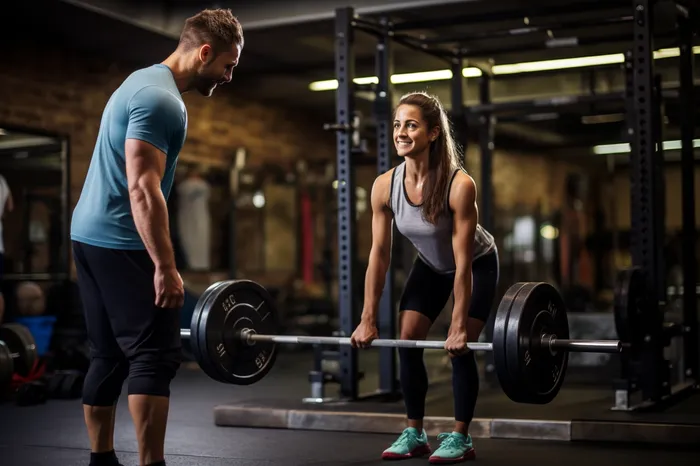Exercise can benefit your health immensely, but it’s crucial to get the movements and techniques right to avoid injuries. By knowing how to engage the correct muscles and stabilize your body with proper positioning, you can minimize the risk of hurting yourself. One standard exercise that can greatly benefit you, especially if you’re a woman trying to alleviate the burden on your shoulders, is the chest press. Before diving into this exercise, let’s dive into some exercise tips that will keep you safe and injury-free.
Addressing Body Imbalances
It’s important to recognize that your body may have imbalances before you start any exercise program. Beginning a program that assumes your body is perfectly balanced can lead to problems that could cause injuries. To avoid this, get a postural assessment and a movement screen before you begin exercising. An experienced and qualified personal trainer can perform these assessments for you.
Maintaining Joint Integrity
You don’t always want to push your joints to their maximum range of motion. To maintain joint integrity, it’s essential to balance mobility and stability. This might mean stopping before you’ve gone as far as the joint will allow in any movement. Often, the stopping point is even with your body or torso when discussing push motions, like a chest press, or pull motions, like a row. Stopping at these points can help protect your shoulder joints.
Considering Your Lower Back and Pelvis Positions
Standing postures during weight training can be challenging because they require simultaneous focus on several aspects of the exercise to stabilize the lower back. Using a ball as a bench, as seen in some video examples, also shows the need to maintain a neutral position when your torso is horizontal. It’s important to be conscious of your lower back and pelvis positions to execute proper technique during exercise and reduce the risk of injury.
Protecting Your Neck
When exercising, particularly during upper body movements, it’s easy to forget about maintaining proper neck positioning. For example, the tendency to let the shoulders creep up toward the ears can cause unnecessary stress on your neck. Video demonstrations of a chest press movement often show how easy it is to unknowingly hold your head in an awkward position. This unfavorable neck positioning can also occur when pulling on the neck during core exercises.
Correct Chest Press Technique
Now that we’ve addressed these crucial exercise tips let’s dive into proper chest press technique:
- Begin by lying on a flat bench or stability ball, holding a pair of dumbbells with a tight grip.
- Keep your feet planted firmly on the ground and your back slightly arched, with your shoulder blades pulled together.
- Position the dumbbells at chest level, with your elbows aligned with your shoulders.
- Exhale and push the dumbbells above your chest without locking your elbows.
- Inhale and slowly lower the dumbbells back to your chest.
The focus here is to maintain proper form, with your lower back and pelvis in the correct position, and avoid stressing your neck. Always remember to monitor your joints, stopping at the appropriate point during a push or pull motion to protect your shoulder joints.
An additional tip when executing this exercise is to imagine squeezing a pencil between your shoulder blades to maintain proper positioning and engagement throughout the movement. This mental cue can help you avoid rounding your shoulders, which can lead to injury. Taking your time to learn correct movement patterns and always remaining aware of your body during exercise can help you achieve maximum results while minimizing the risk of injury. Stay mindful of these tips, and you’ll be well on your way to a stronger, healthier, and injury-free body.



